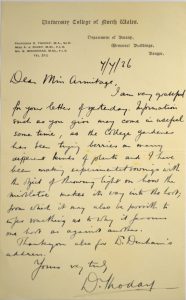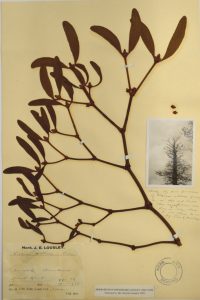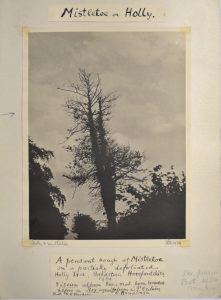By John David
Not an obvious topic for Advent, but bear with me, the connection will become clear. The Golden Bough is most famously the title of a book written by Sir James Frazer and first published in two volumes in 1890 [complete text available – vol. 1, vol. 2], subtitled ‘A study in Magic and Religion’. The book is a detailed exploration of comparative religion and, although much criticised by those who have studied the subject since, still reveals the deep-seated linkages between cultures and civilisations in matters of faith and superstition.
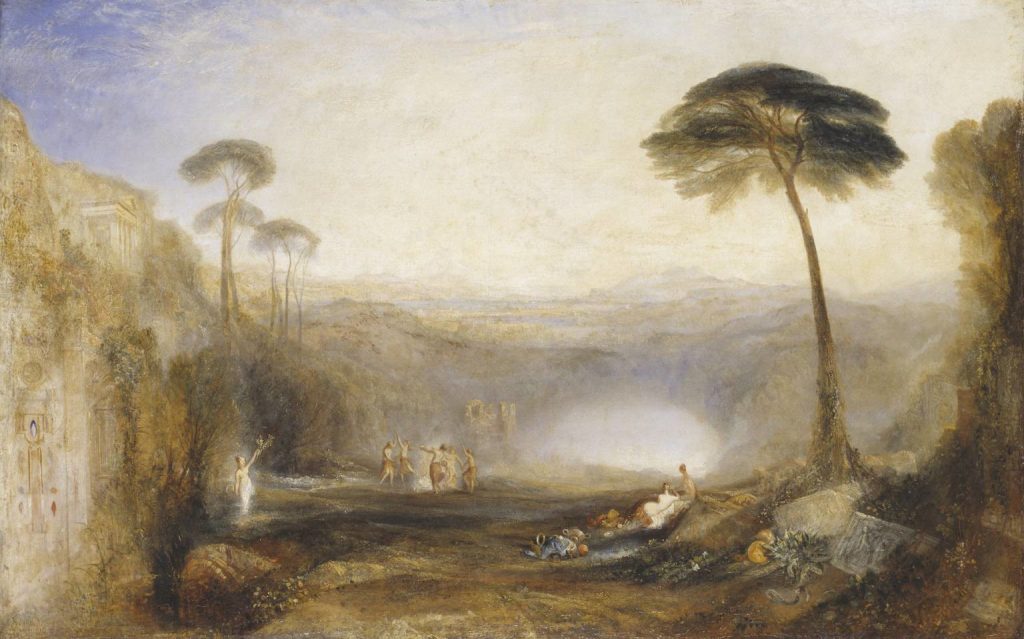
Although the book begins with a reference to Turner’s painting of the same name, which itself represents the Grove of Nemi and the link to the legend of the priest kings of the grove, it ends with his exploration of mistletoe as the Golden Bough. It is the bough that Aeneas was instructed by the Cumaean Sibyll to take with him to gain entry to Hades in order to see his father. The story is told in Book 6 of Virgil’s Aeneid and it is Virgil who suggests the link by comparing the golden bough to mistletoe:
“Quale solet silvis brumali frigore viscum fronde virere nova…” (line 205)
Just as in the depth of winter the mistletoe blooms
In the woods with its strange leafage… [Translation: C. Day Lewis, 1952, Oxford University Press]
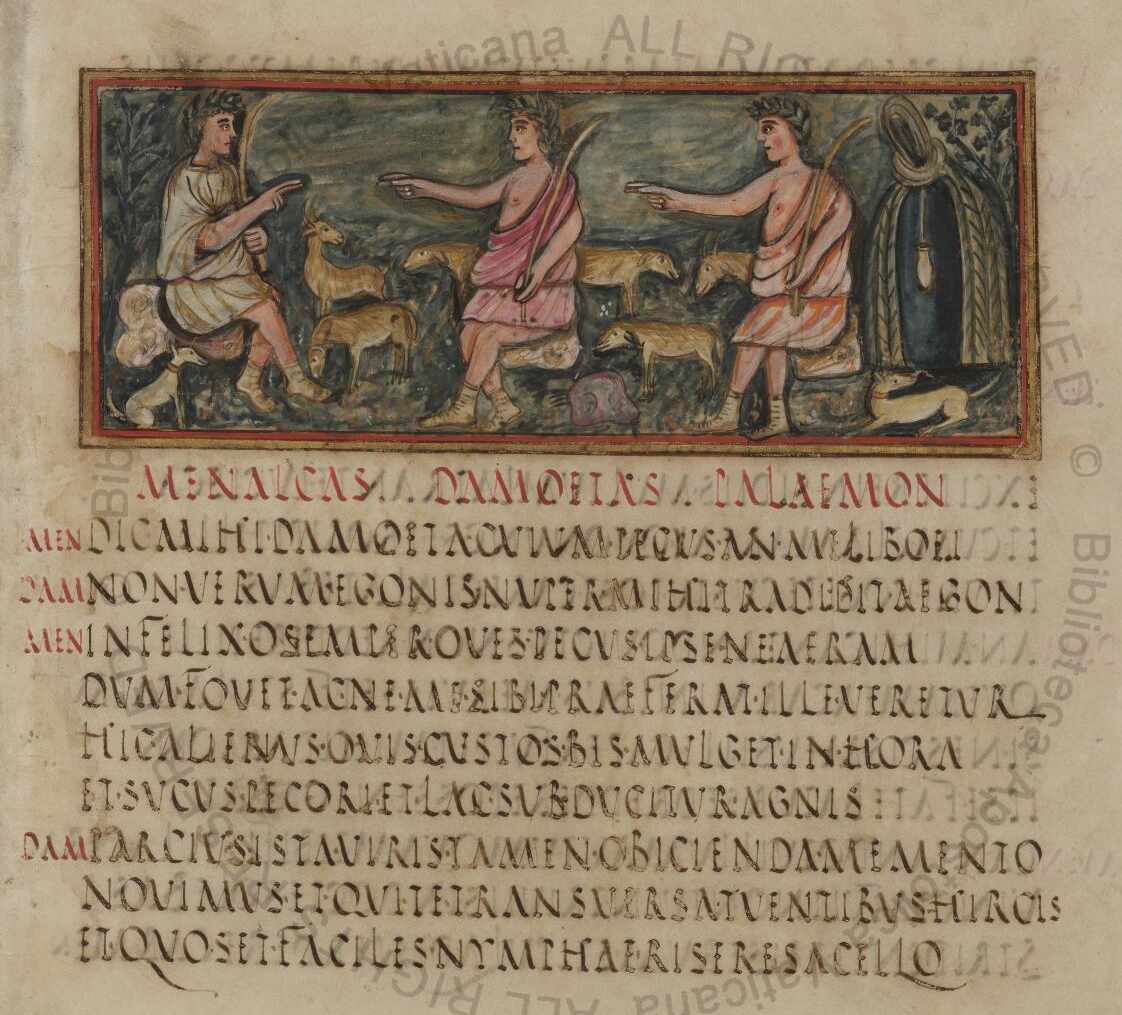
Mistletoe was also of great significance in Celtic mythology, for it neither grew in the soil nor in the air, it was of a tree and yet not a tree: such a paradox, much beloved of the Celts, meant that for anyone to place themselves under the mistletoe was to free them from restrictions or conventions. Hence its role in modern day Christmas decoration. It was that same paradox that features in Nordic legend, around the slaying of the god Baldur, for he could not be killed by anything that grew on the ground. But Loki fashioned an arrow from the wood of the mistletoe which proved fatal to the god.
Why would a green plant be called golden?
But with such a weight of allusions and connections why would the mistletoe, known and sold in the UK as a green plant, be described as “golden”. It was with surprise that during an expedition looking for daffodils in Spain a few years ago, I saw a mistletoe growing on pine trees, with a distinctly yellowish hue. Excitedly I drew my co-travellers’ attention to the “golden bough”, much to their puzzlement but patiently the car was stopped and I rushed out to photograph the mistletoe.
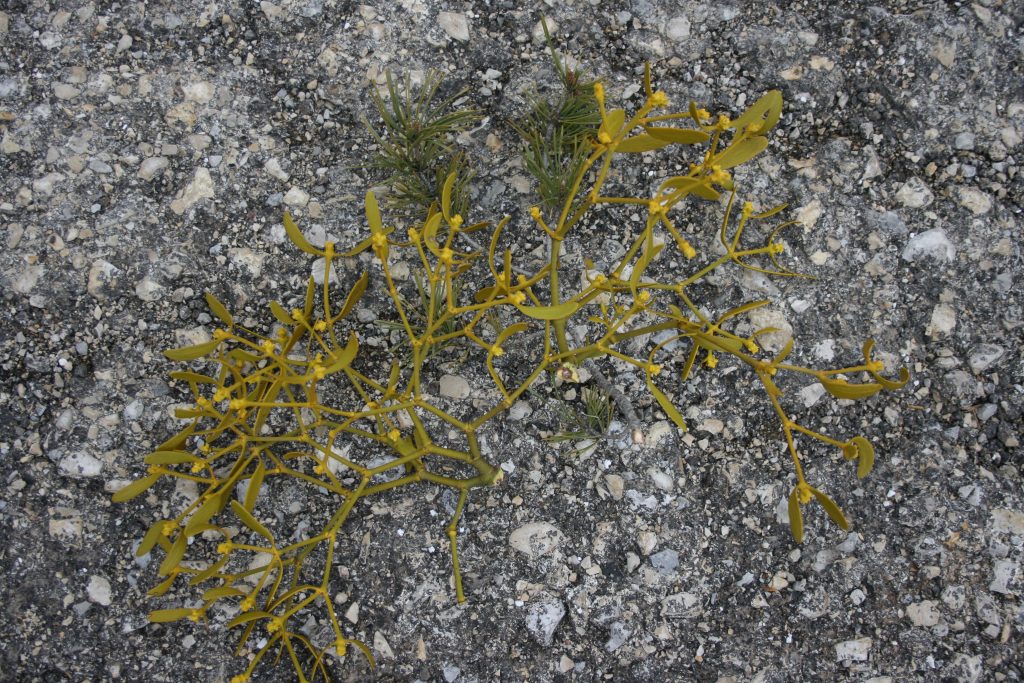
Although this was Spain (Cumae is just outside Naples) and it is unlikely that Aeneas’s “Golden bough” was growing on pine trees, it is likely that something not dissimilar could have inspired Virgil’s lines. For those determined to have the botanical details, the mistletoe I saw and photographed was Viscum album subsp. austriacum which occurs only on pines and larches and is found in central Europe and here and there in southern Europe, but is not found in the Campania of Italy (see Portale della Flora d’Italia).
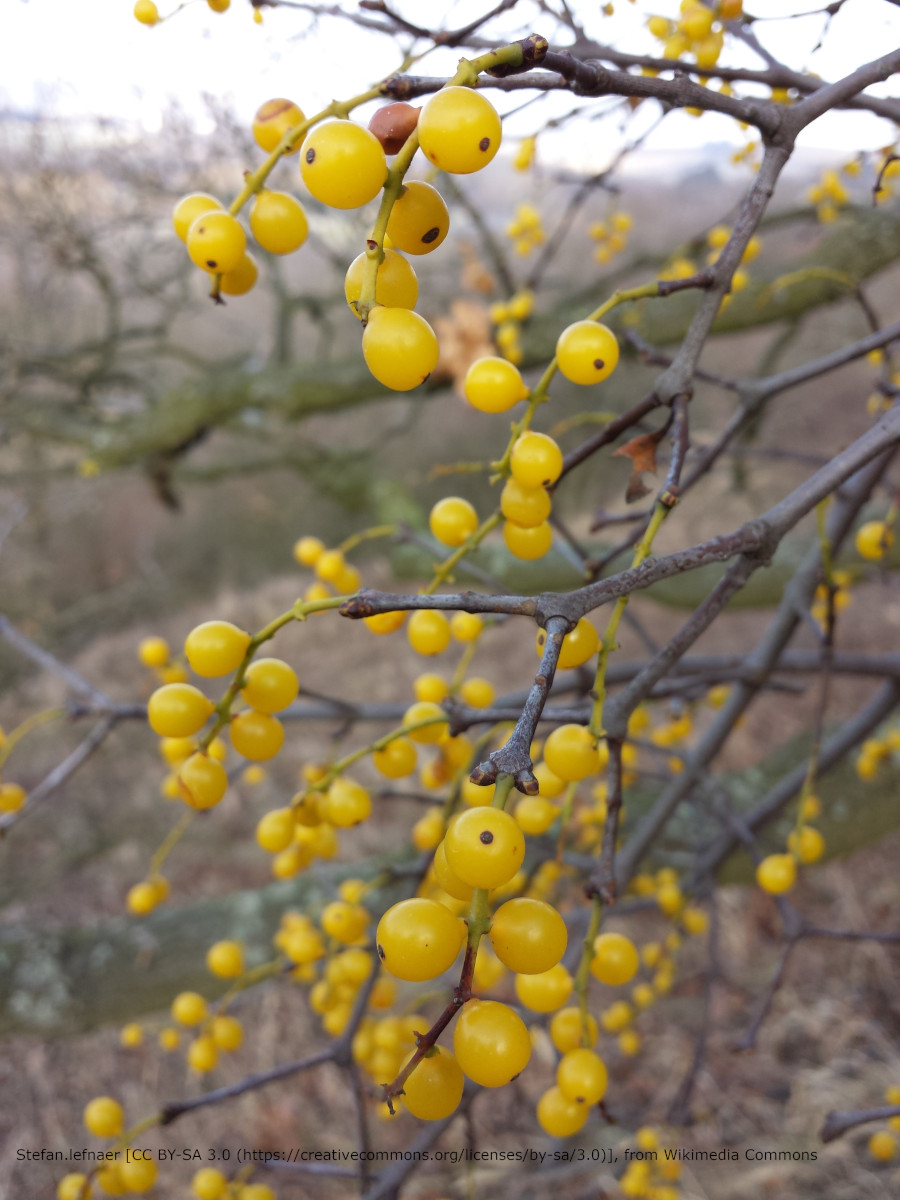
Mistletoe and the Golden Sickle
By Alastair Culham
The second ever #AdventBotany blog featured mistletoe in the UK, perhaps not as exotic as The Golden Bough but certainly intertwined with myth and mystery.
Viscum album – an evergreen with a sinister feel. This hemi-parasitic plant grows on a range of broadleaved trees including apple, linden and oak as well as on some conifers. It has a long tradition in Druidic ritual and the Romans report the harvesting of the species from Quercus (oak) by celtic druids using a golden sickle. This poisonous plant contains the lectin viscumin which is similar to ricin.
From the 16th century mistletoe became associated with kissing in some Christian cultures. In the photo below you can see part of the entry on Viscum from Lyte’s ‘A niewe Herball’ published in 1578. This is the oldest book held by University of Reading Herbarium and has an interesting history.
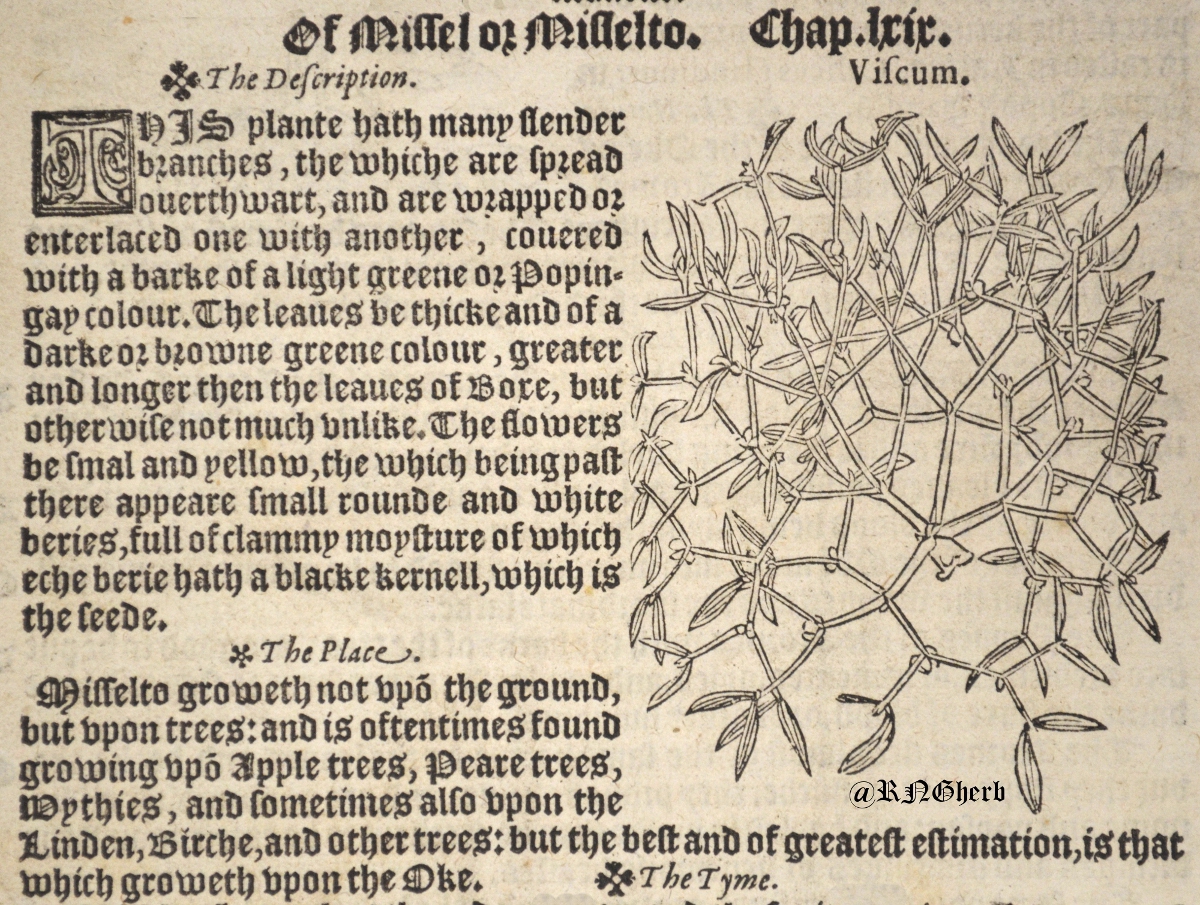
Among the herbarium specimens of Viscum album we have a collection of correspondence and phtographs from the 1930s when UK botanists seemed keen to find this hemi-parasite on new hosts.
The specimen featured here is reputed to be the first authenticated record of mistletoe growing on holly.

For notes on the chemistry of mistletoe see Tyramine on the Chemistry Advent Calendar.
References
Borodale, Jane (2019) Asking questions through fiction: research into Henry Lyte’s ‘A Niewe Herball’ (1578). Herbal History Research Network Blog (accessed 6th December 2020)
Jot101 (2015) Sir James ‘Golden Bough’ Frazer & his wife Lilly—a devoted couple to the very end. Jot101 (accessed 6th December 2020)
For more #AdventBotany see our 2020 index page.

